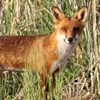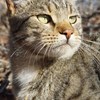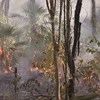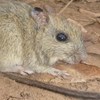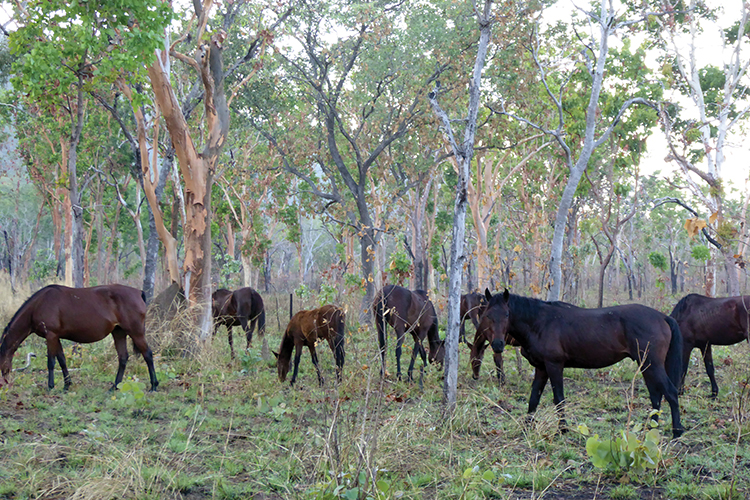
Small mammal declines in the Top End - Causes and solutions
Monday, 31 August 2020New research has examined how small native mammals are distributed across the Top End and the factors driving this pattern. It has revealed that while feral cats and dingoes may limit small mammal populations, managing threats to vegetation, principally fire and feral buffaloes, is the best approach to protect and recover small mammals. Dr Alyson Stobo-Wilson of Charles Darwin University explains the new findings.
Feral cats and dingoes
Many once-common mammal species have declined markedly across large parts of northern Australia in recent decades. Using a combination of camera-trapping and live-trapping methods over 300 sites, we assessed whether feral cats, dingoes, feral herbivores, human-induced land clearance, fire frequency and size, habitat productivity and ruggedness of the terrain could explain the current distribution of small mammals (that is, those weighing less than about 5 kg).
Camera-trap data indicate that cats and dingoes were more likely to be found in areas that had a simple habitat structure. Feral cats avoided productive habitats (areas that typically have more shrubs and dense vegetation), unless these areas had experienced frequent and large fires. Dingoes avoided rugged habitats, instead using open, lowland woodland.
We found no evidence that feral cats avoided dingoes in the landscape; if a dingo was present in an area it didn’t change the likelihood of detecting a feral cat. The best explanation of the presence of cats and dingoes across the Top End was that both predators opt to use more open habitat where they can hunt more efficiently.
In search of small mammals
We also examined where small mammals have persisted or vanished and the factors that influence this. We found that the number of native mammal species declined as the incidence of feral cats, feral herbivores (e.g., buffalo, horses and cattle) and dingoes increased. Additionally, we found that those native mammal species that have declined most – for example, the black-footed tree-rat and the northern brushtail possum – are now restricted to productive habitats (those with denser vegetation).
A revelation of this study was the previously underestimated impact of large feral herbivores on mammal populations in the Top End. Feral herbivores in conjunction with poor fire regimes simplify habitat structure and, in doing so, they remove vital food and shelter for small mammals and create more favourable hunting grounds for predators, including feral cats.
Fire and herbivores are key
Our research points to solutions about how to halt declines and support recovery. The evidence indicates that maintaining and enhancing complex habitat structure in the tropical savannas of northern Australia is likely to be the most effective strategy for conserving small mammals, rather than targeted predator control. Safeguarding habitat for small mammals can best be achieved by removing large feral herbivores and improving fire regimes so that fires are smaller and less severe.
In northern Australia, it is extremely difficult to control cats at a landscape scale through baiting and culling programs. Hence our findings provide hope that habitat management, rather than cat control, might be an effective alternative strategy for conserving small mammals.
We identified that large offshore islands, including the Tiwi Islands and Groote Eylandt, as well as several sites on the mainland, are providing critical refugia for many mammal species that have severely declined throughout much of the Top End. These sites provide important starting points for future conservation efforts as recovery there will be more feasible. As a first step, this should include reducing feral herbivore populations and the frequency and intensity of fires.
This work was led by the Northern Territory Government’s Department of Environment and Natural Resources with assistance from Charles Darwin University and funding from the Australian Government’s National Environmental Science Program.
Further information
Alyson Stobo-Wilson - alyson.stobo-wilson@cdu.edu.au
Top image: Feral herbivores, like these horses in Kakadu National Park, have a large impact on small mammal populations in the Top End. Image: Jaana Dielenberg
-

Combating a conservation catastrophe: Understanding and managing cat impacts on wildlife
Tuesday, 06 October 2020 -

Cat-borne diseases and their impacts on human health
Monday, 19 October 2020 -

Cat-borne diseases and their impacts on agriculture and livestock in Australia
Monday, 07 December 2020 -

li-Anthawirriyarra Sea Rangers managing cats on West Island
Thursday, 16 September 2021 -

The impact of roaming pet cats on Australian wildlife
Monday, 27 July 2020 -

Protecting Tiwi mammals
Monday, 27 July 2020 -

Caring for Country: Managing cats
Tuesday, 09 November 2021
-
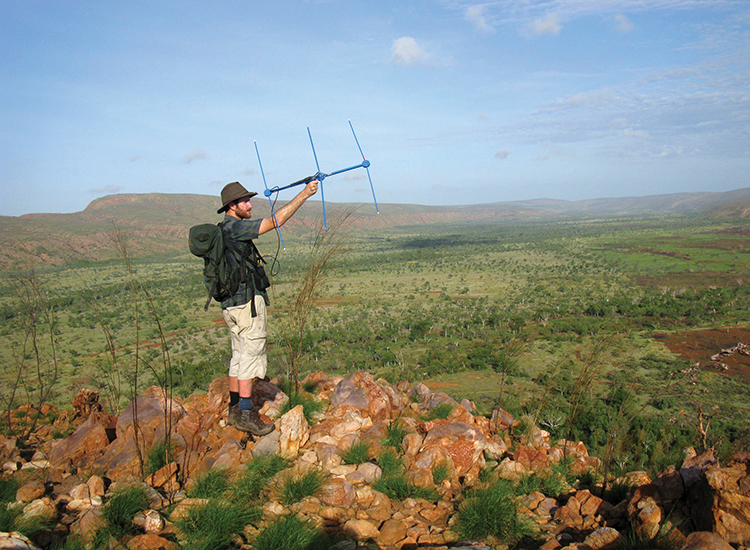
Fire, cats, foxes and land management: Lessons learned
Wednesday, 02 September 2020 -
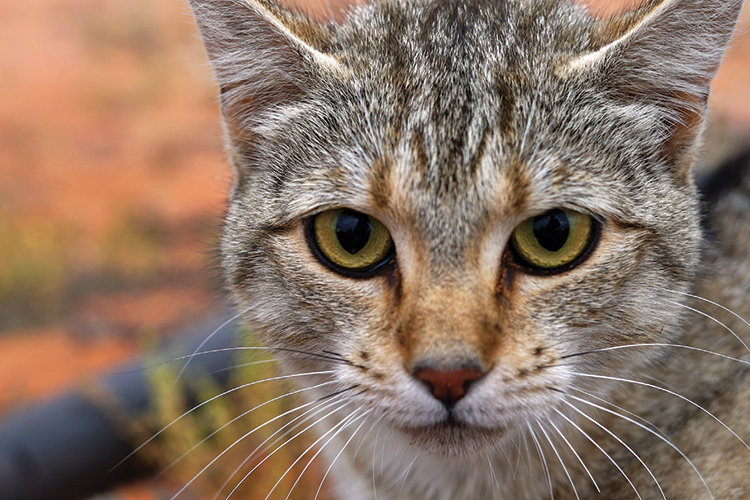
Addressing our wildlife cat-astrophe
Monday, 16 March 2020 -
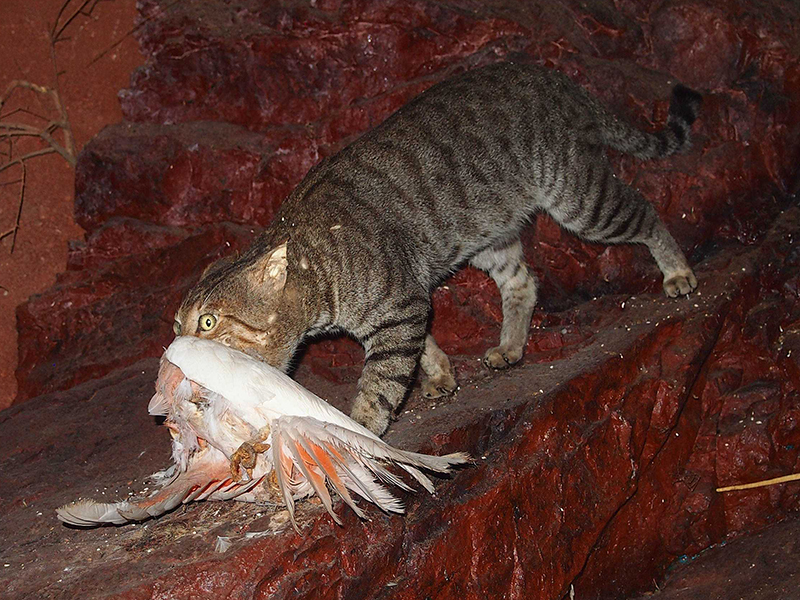
Cats are killing millions of Australia’s birds
Sunday, 22 October 2017 -
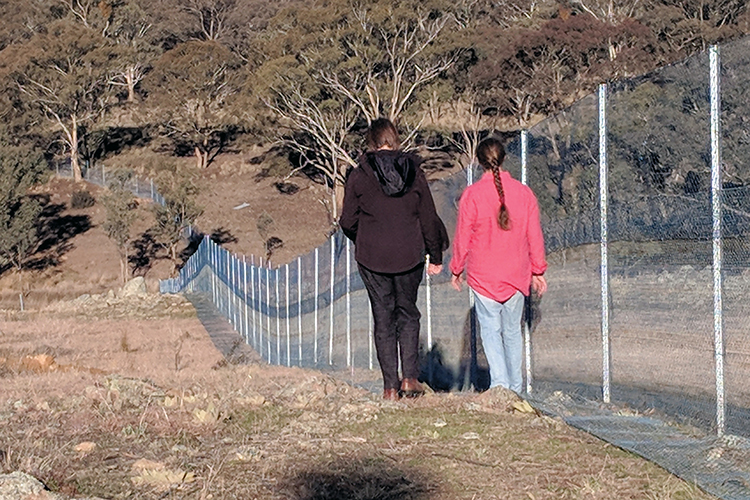
Feral cats: An Australian Government perspective
Monday, 16 March 2020 -
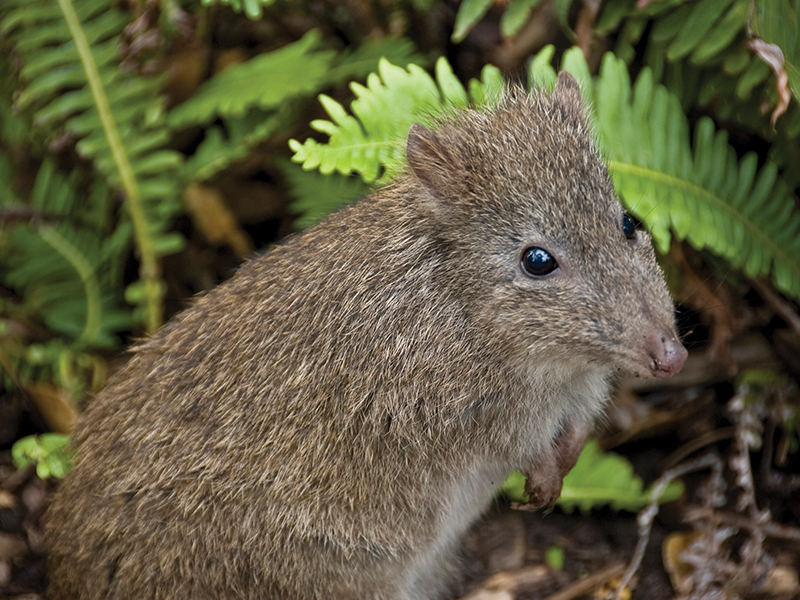
FoxNet: A game changer for fox control
Tuesday, 30 June 2020 -
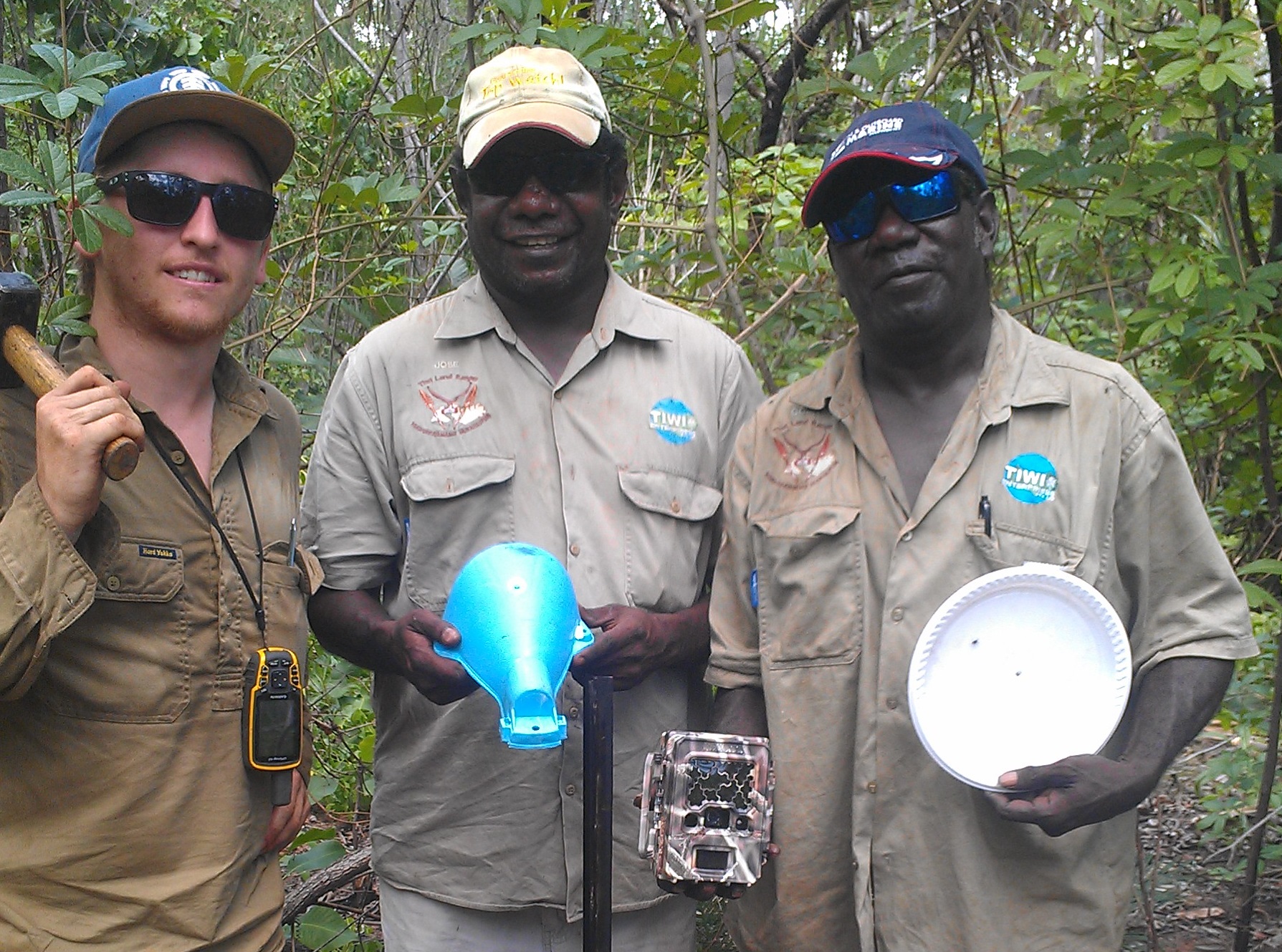
Melville Island mammal declines fought with fire
Monday, 13 March 2017 -
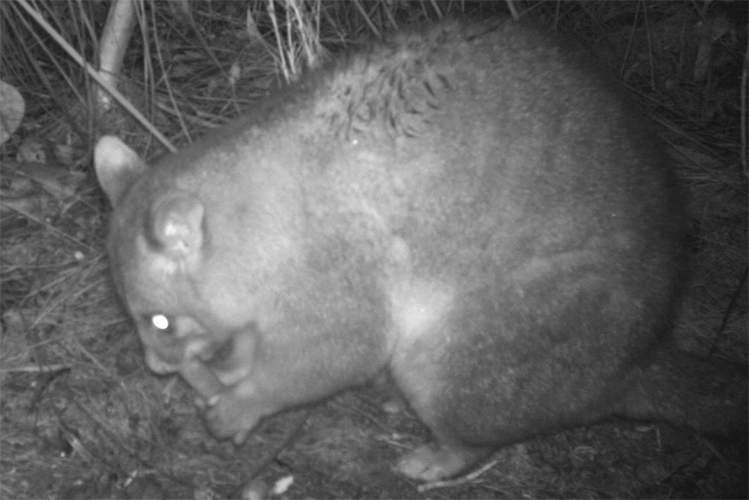
Testing cat baiting on Kangaroo Island
Monday, 16 March 2020 -
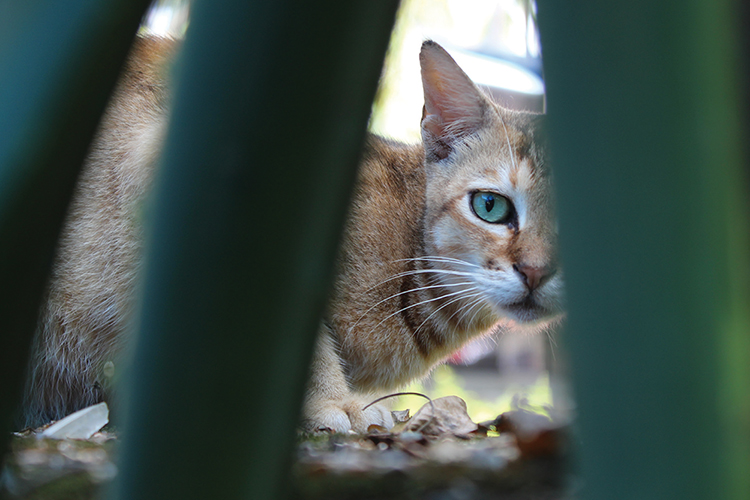
The conundrum of cats in Australia
Monday, 16 March 2020 -
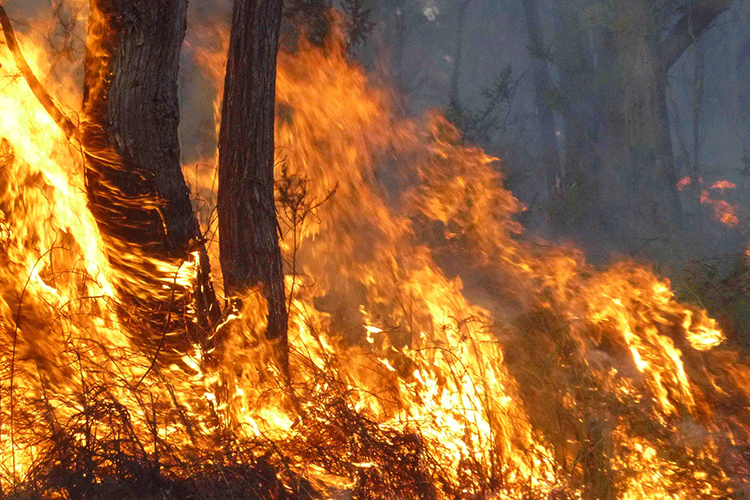
The fire, the fox and the feral cat
Tuesday, 06 June 2017 -
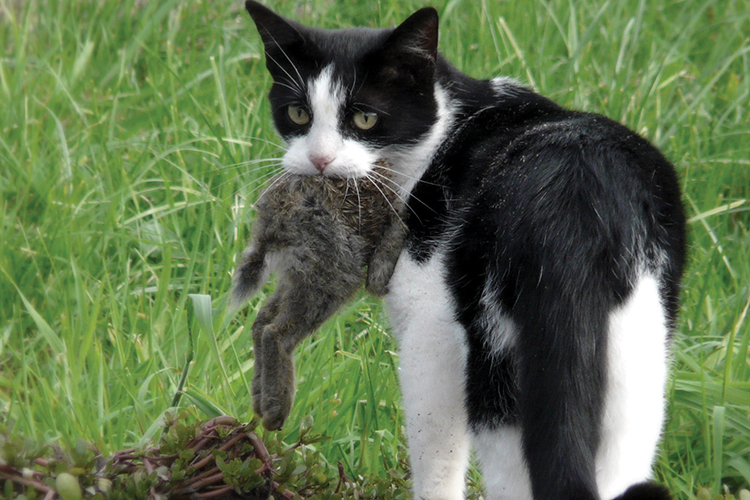
The mathematics of cats
Monday, 16 March 2020 -
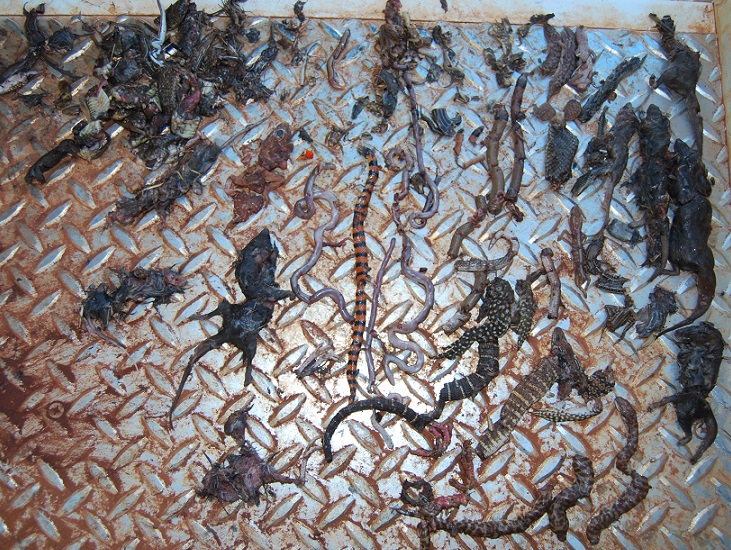
The unnoticed toll of cats on reptiles
Monday, 25 June 2018 -
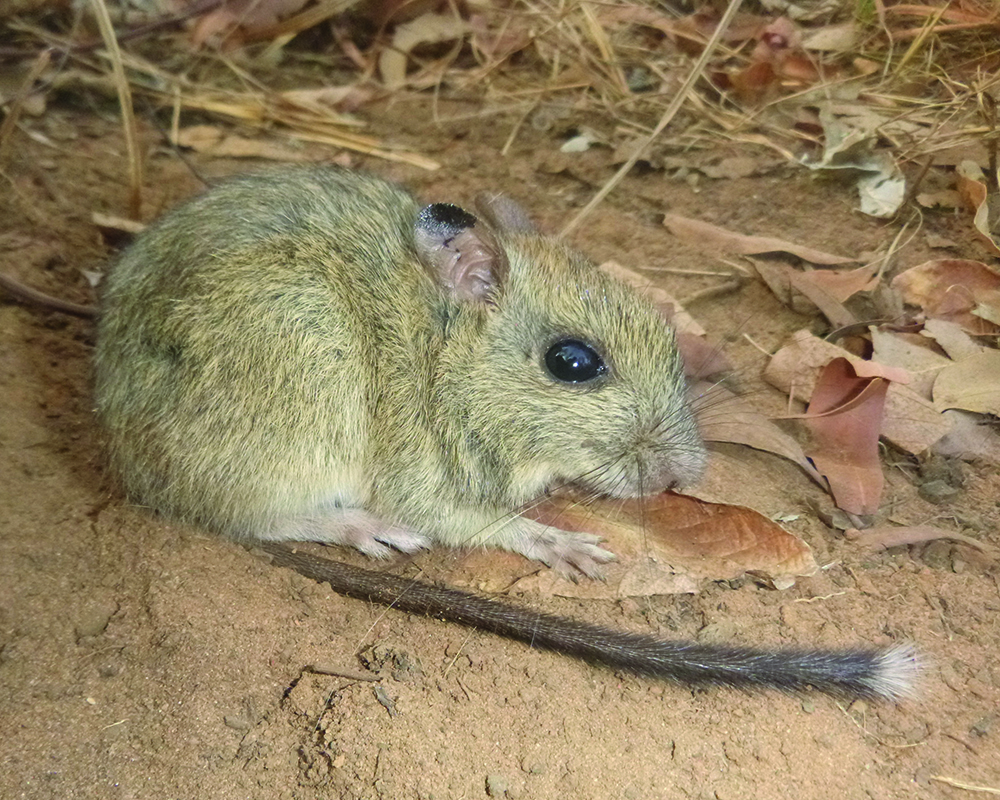
Tiwi Island mammals: Saving the brush-tailed rabbit-rat
Tuesday, 11 September 2018 -
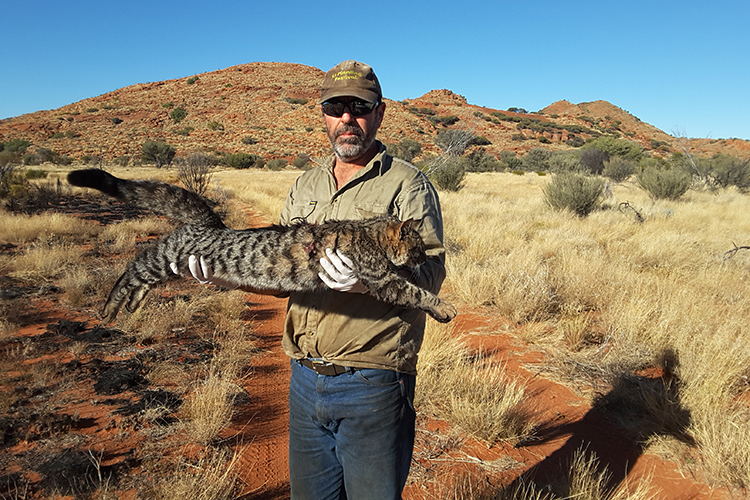
Tracking cats to help the night parrot
Wednesday, 05 June 2019 -
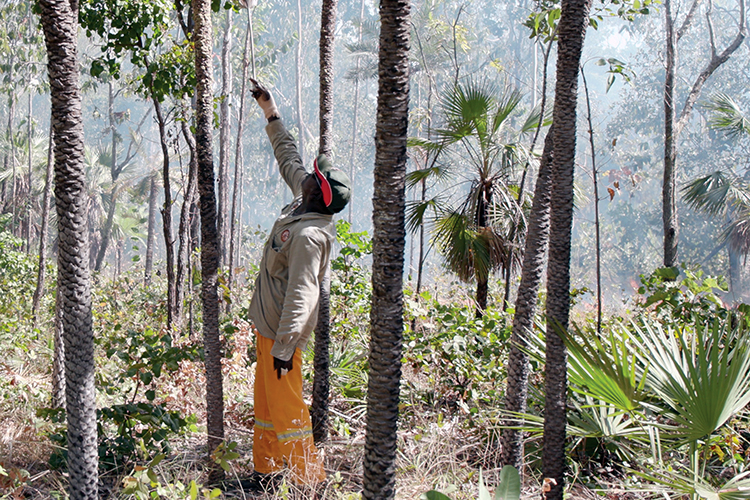
Using fire to reduce cat impacts on the Tiwi Islands
Monday, 16 March 2020 -
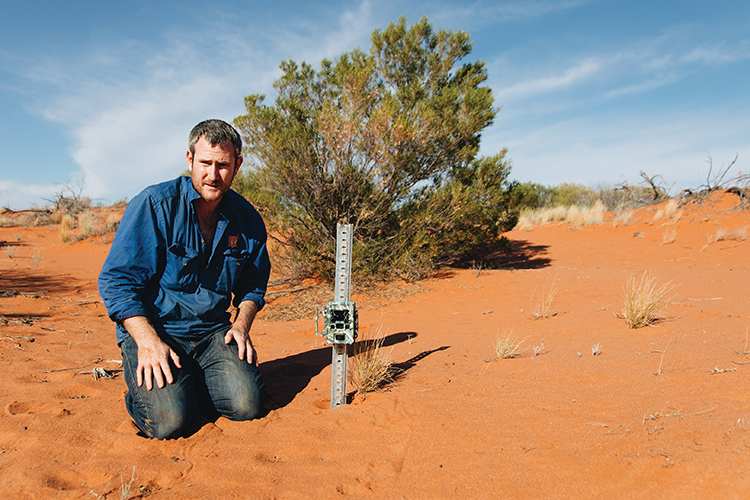
When rabbits are off the menu, what’s for dinner?
Monday, 16 March 2020 -
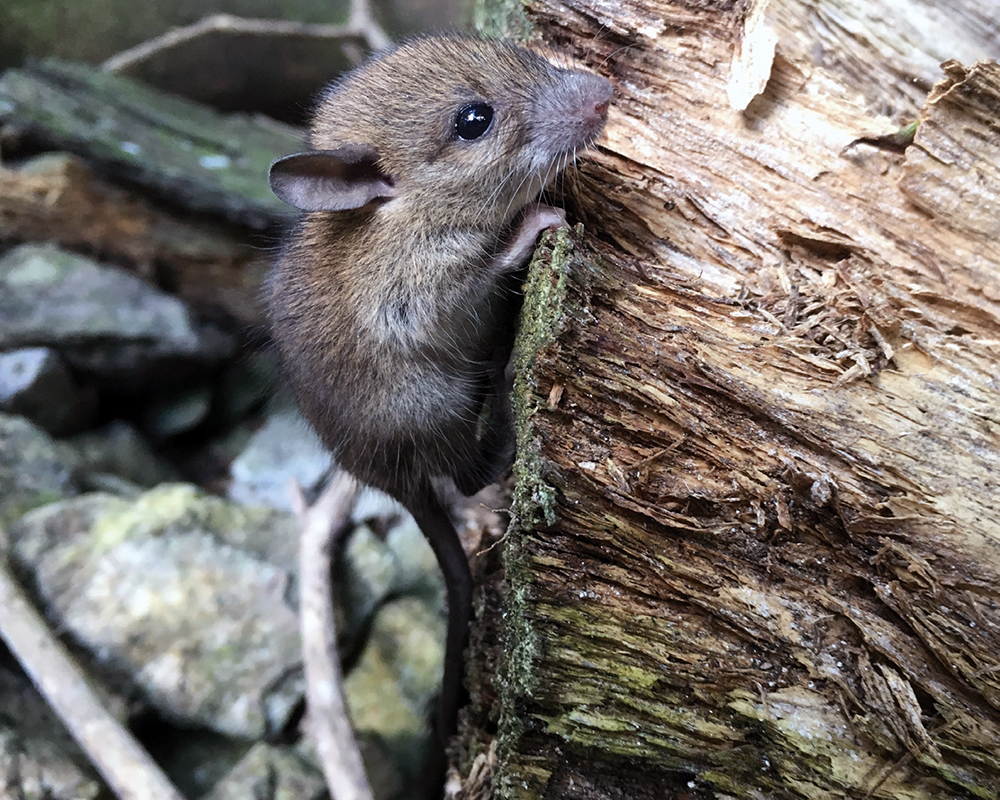
When the cat’s away will the rats play?
Monday, 16 March 2020 -
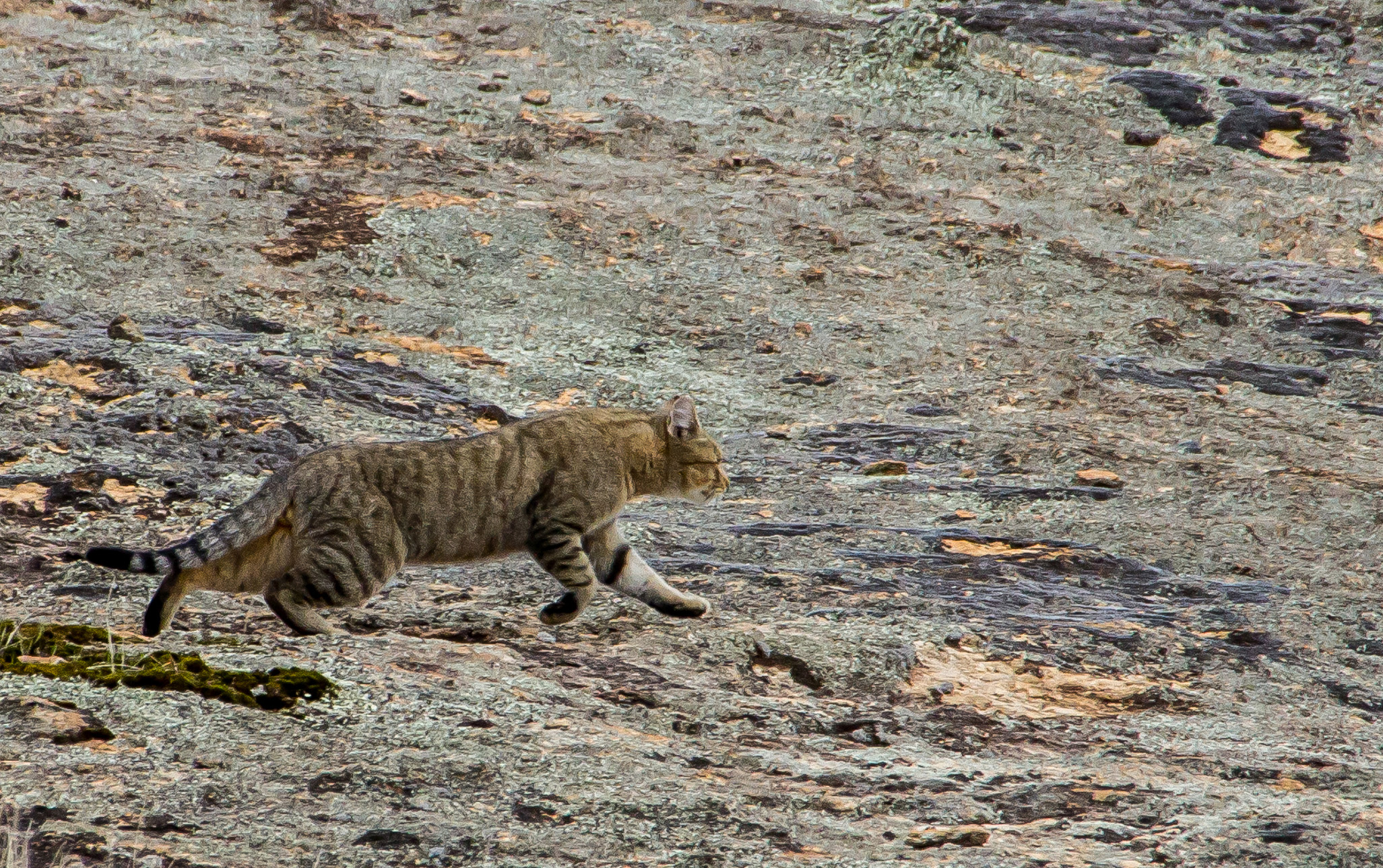
Threatened Species Recovery Hub to join fight against feral cats
Tuesday, 03 November 2015 -
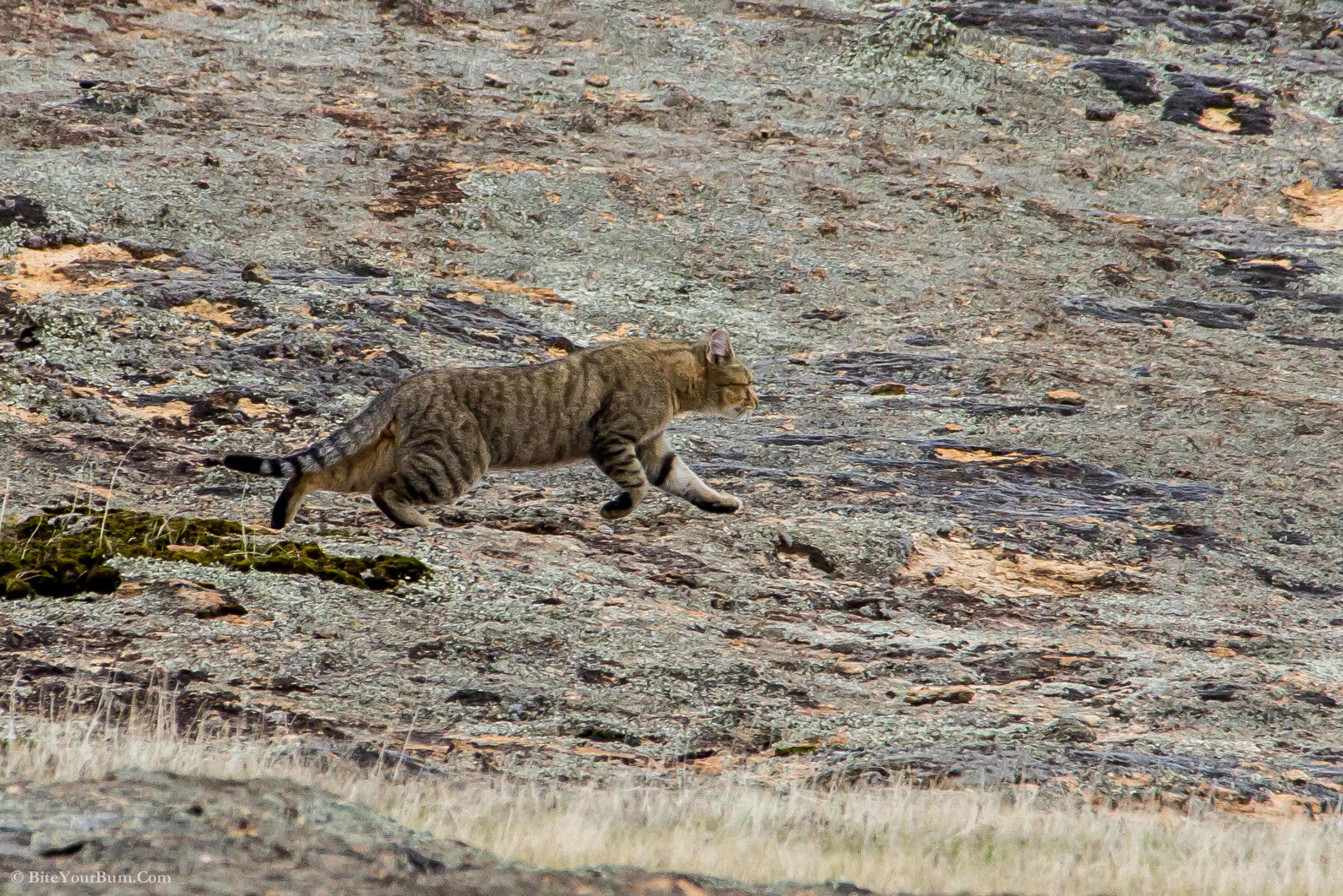
TSR contributes to Feral Cat Taskforce
Monday, 28 March 2016 -

One cat, one year, 110 native animals: Lock up your pet, it’s a killing machine
Wednesday, 28 October 2020 -

Building collaboration and two-way science
Sunday, 12 December 2021 -
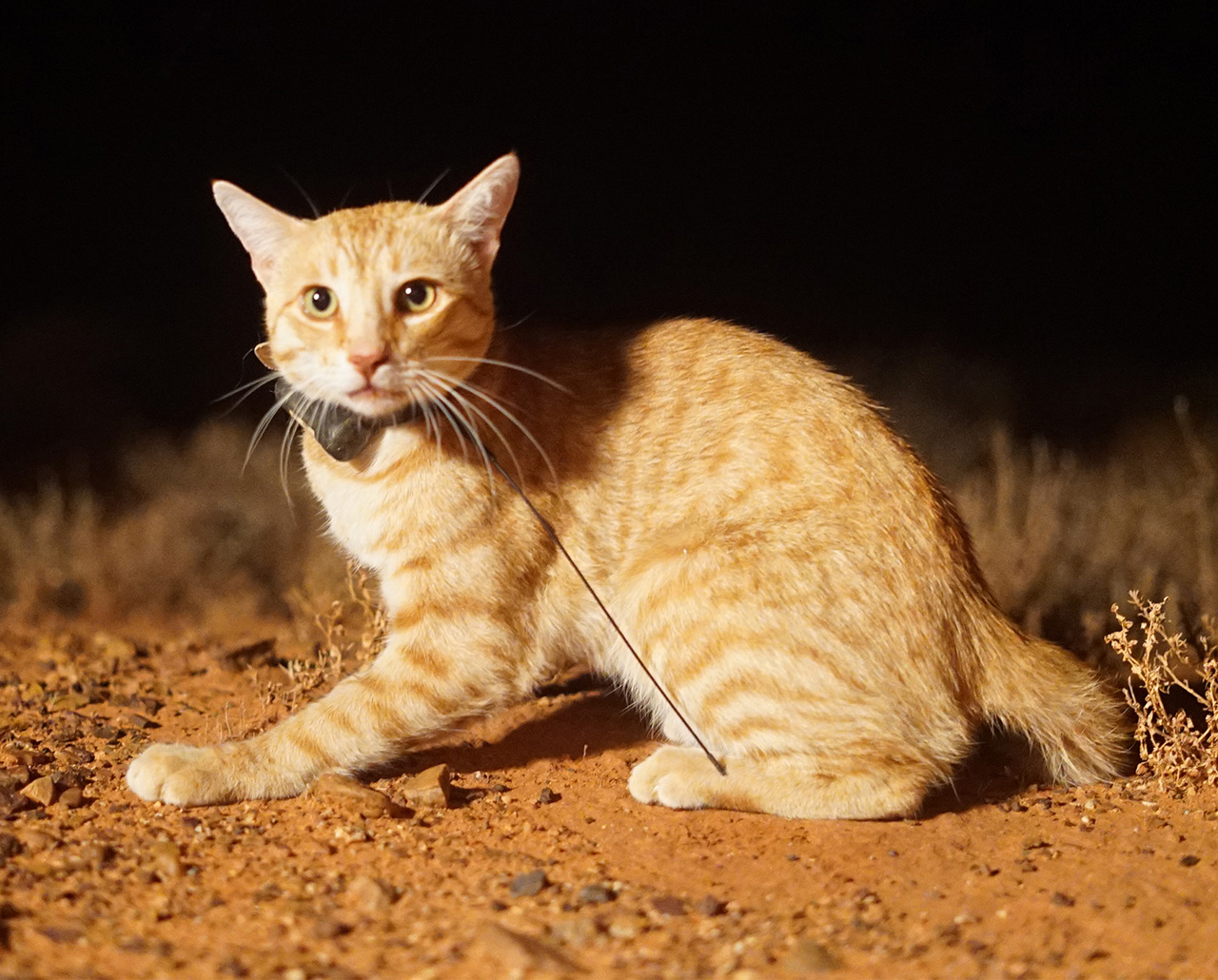
Cat science finalist for Eureka Prize
Monday, 28 September 2020 -
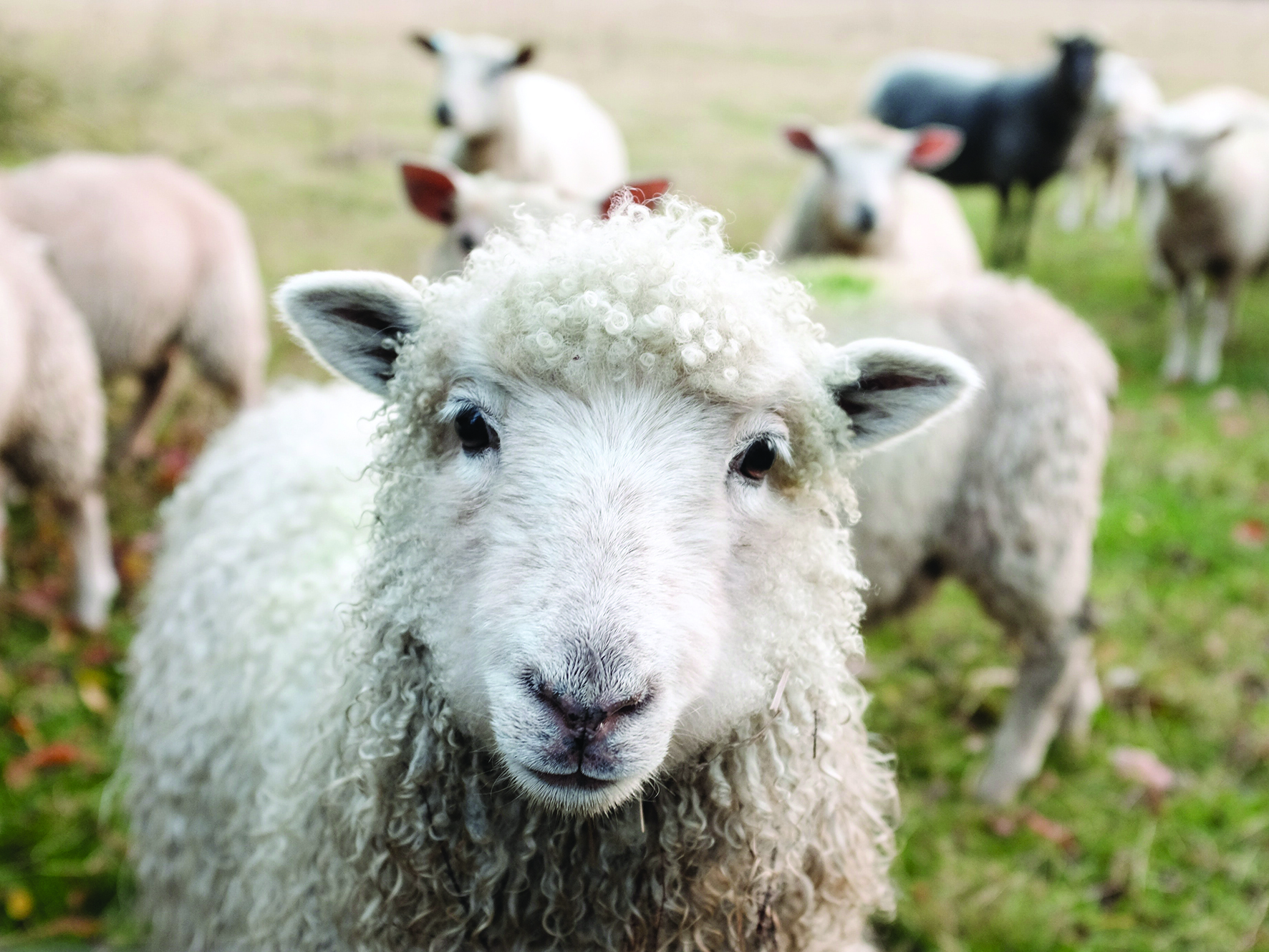
Cats have $12 million impact on agriculture in Australia
Monday, 07 December 2020 -
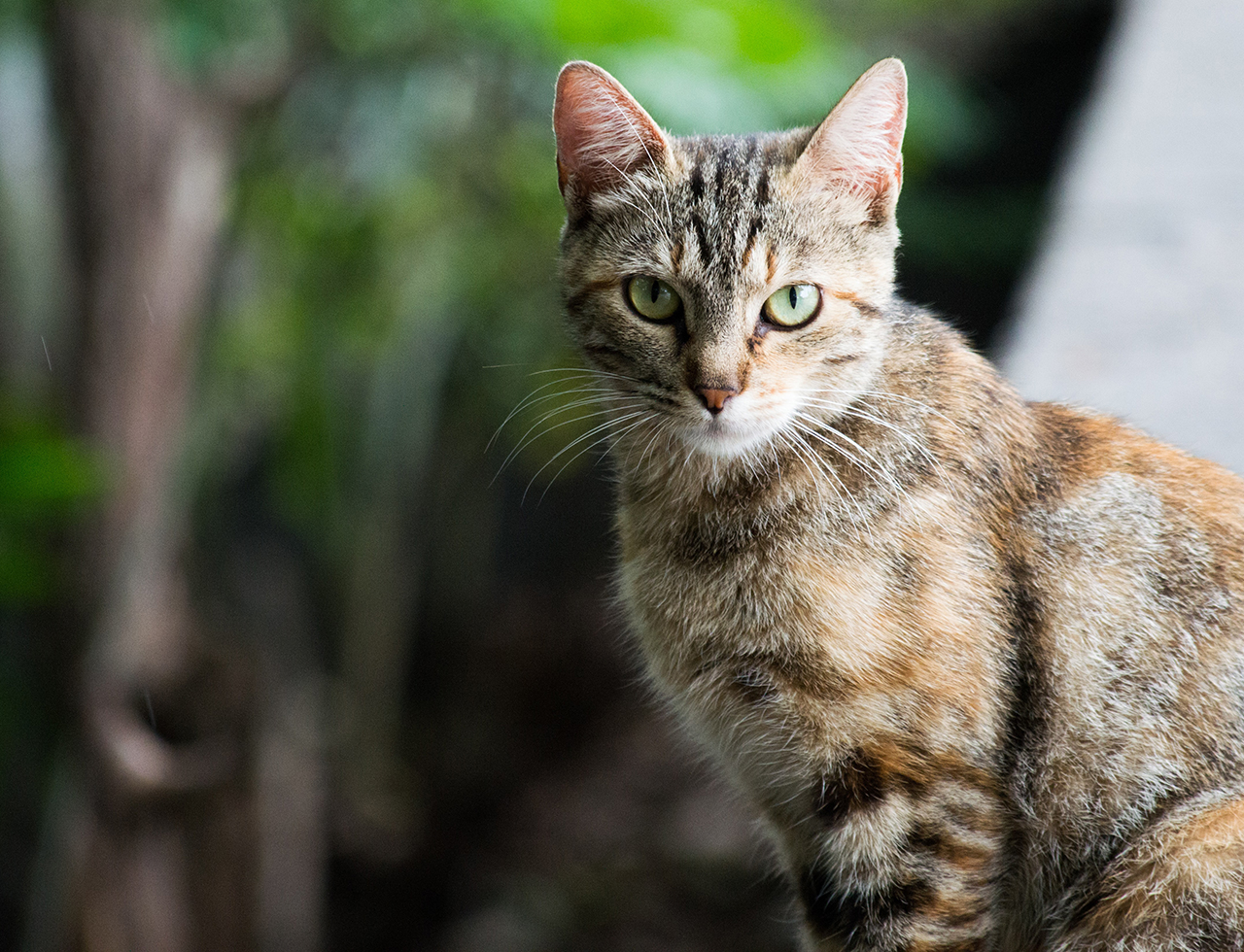
Cat diseases have $6 billion impact on human health in Australia
Thursday, 15 October 2020
